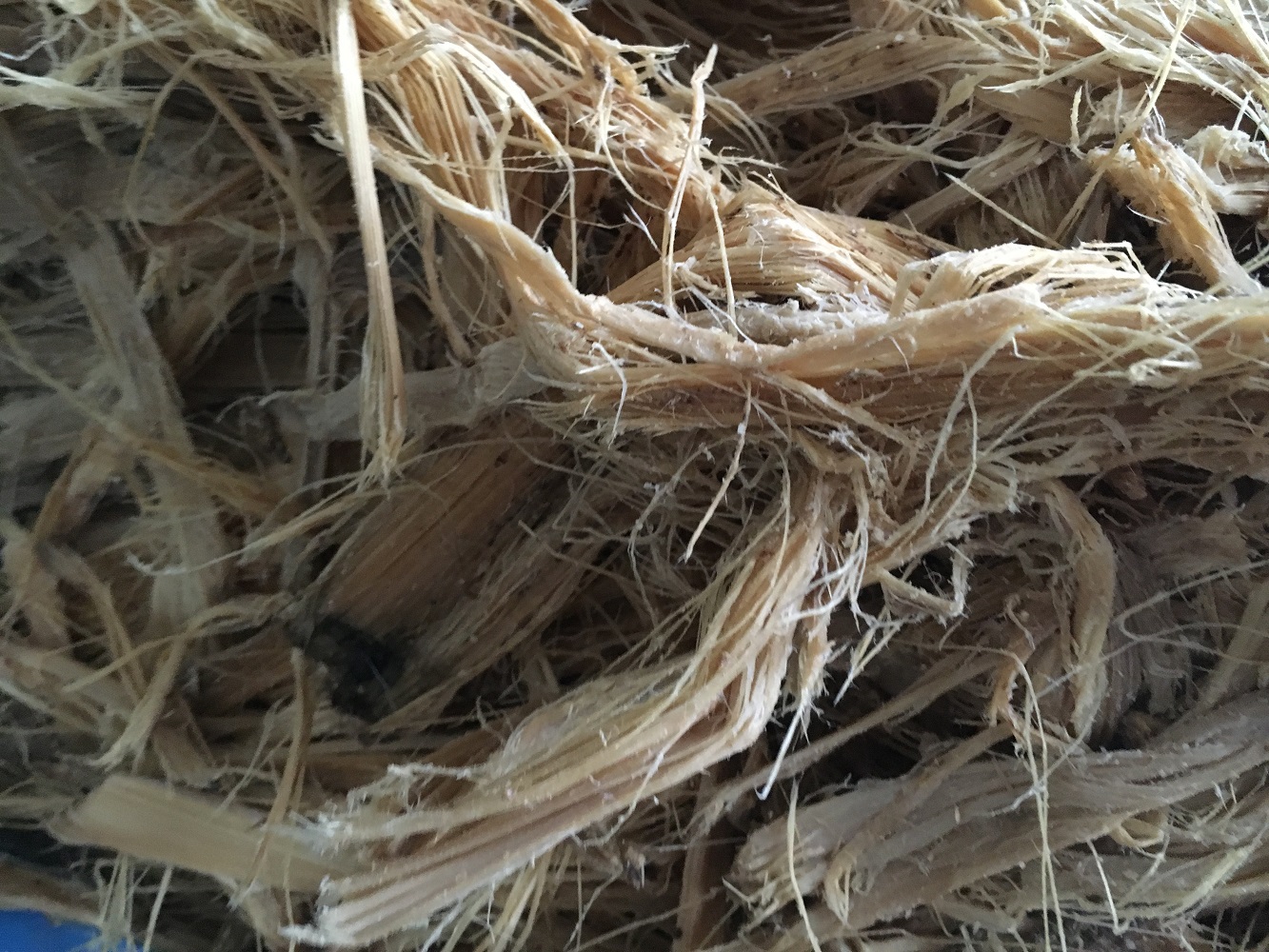Bamboo paper has excellent ink absorption and good toughness. Last year, I visited a modern pulp and paper factory in Guizhou, which was a high-tech industrial plant, but bamboo paper is also being produced by local artisans. Nancy Norton Tomasko has written an interesting article in 2010 about hand-made bamboo paper production, and she mentions that Fuyang in Hangzhou district in Zhejiang province, China, is the most famous place for traditional bamboo paper production in China.
INBAR produced a Transfer of Technology Model for manufacturing hand-made bamboo paper in 2001. This describes the process, and makes the case that producing bamboo paper is a relatively low-investment use of bamboo fibres. It could be done anywhere where there is healthy bamboo, and I could be an opportunity for local industry development in many INBAR Member States, as you need minimal infrastructure and capital investment.
I was in Hangzhou recently to participate in the award ceremony for the Most Beautiful Bamboo Village in Hangzhou. During the trip, I also paid a visit to the Hangzhou Fuyang Greater Yuan Zhu Paper company where they make paper by hand from bamboo fibres.

I was told that bamboo paper manufacturing began in Fyyang during the Southern Song Dynasty, and has been passed down from generation to generation for more than a thousand years. The key is to use young bamboo culms, so the stems are still relatively soft. They are cut into pieces and soaked in a bath of lime water. I was told that the company used the culms of the current growing season – only a few months after they have reached maturity. These have not yet become hard and contain relatively small amounts of lignin.
The bundles of bamboo pieces are stacked side by side under water, and lime is added to accelerate the decomposing process. This particular company prides itself on the fact that no chemicals are used, and natural lime is added to reduce the PH in the bath, and to allow for the decomposing of the bamboo fibres. If chemicals are used, the process may be faster, but the waste water is polluted. In the case of the Greater Yuan Zhu Paper company there is no chemical pollution, and the waste water is released into the nearby stream.

Once the fibres are softened, the bundles are taken out of the water and drained. You can still see the individual bamboo culms, but the strength has been leached out of the culms, and the fibres are soft enough to be pulped. The bundles are washed, boiled and further broken down to produce raw bamboo fibres, which can then be processed further

The breakdown of the fibres into mulch is done of the traditional way, by using a large mills stone. In historical times this must have been the work of donkeys, but now a simple machine operates the mill stone. I can imagine that in another other geographical context animal power could still be the way to move the mill stone for grinding the fibres into pulp.

Once the fibres are pulped, and soaked further into smaller pieces, the solution is thick enough to make paper. This is done by pulling a screen through the water, which collects a thin film of bamboo fibres. Tomasko describes different ways of doing this, but the company that I visited dips the screen only once. The thin films are stacked to form a pile of thin, fragile sheets, which are the basis for the traditional paper.

The actual paper sheets are produced by drying the thin films of fibres on a heated sheet. This is professional work – Several members of our team tried their hand at it, and everyone ripped the sheets of fibres. You need to be trained and experienced to paste the thin sheets onto the heated panel and pull off the dried sheet of paper.

The dried sheets are stacked and packaged to be put on the market. I was told that this type of hand-made paper is sold to artists, museums and vocational training centres, mainly for use in calligraphy and professional drawing. This factory does not produce paper for thecomputer printer or for normal daily use: it provides a source of high-quality professional material. It may be a small high-value niche market, but what a wonderful use of bamboo fibres.


hello
i want to know if can make corporation to made this paper in africa
thanks
You can certainly make paper from bamboo in Africa.
Hi. My name is KAMNGA PASCAL from Douala Cameroon. I am a bamboo Lover. I wish i have a training on how to produce bamboo paper. Could you please send me related informations. N’est regards
Hello Pascal. You should contact INBAR Coordinator inYaounde, Rene Kaam. His email is rkaam@inbar.int. Best regards. Hans
Hi! I am Rahul Arya an artist from India I really like your description about production of bamboo paper I am interested in buying these papers kindly let me know from where i can buy these papers
Thank you with regards.
Dear Rahul. I do not know where this paper can be purchased, and I have left China. Sorry that I cannot help any longer. Best regards. Hans